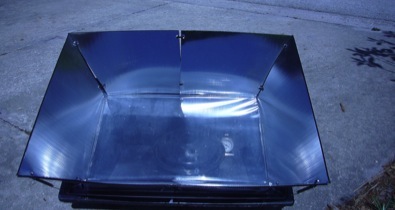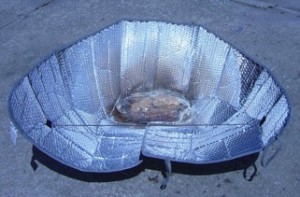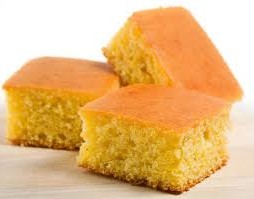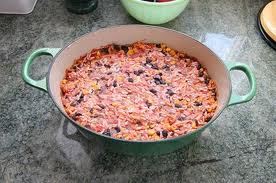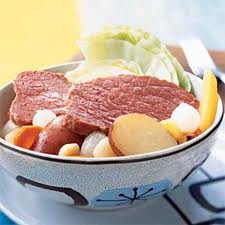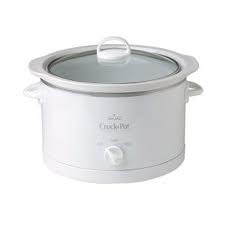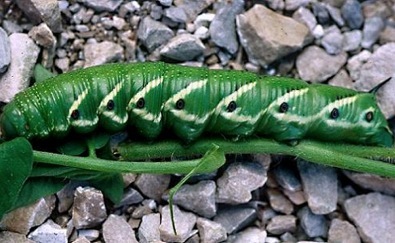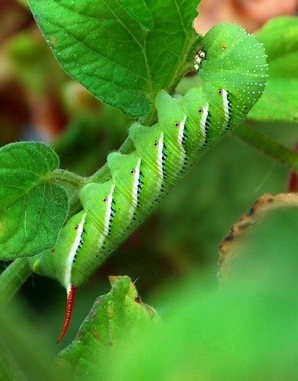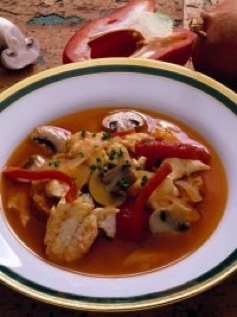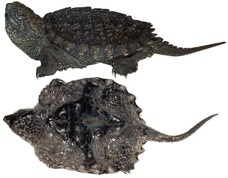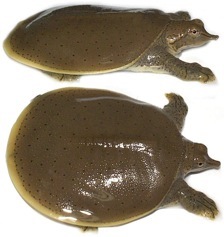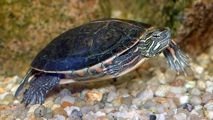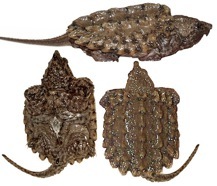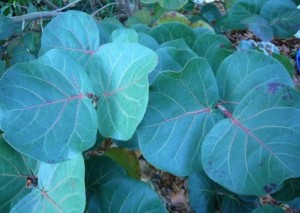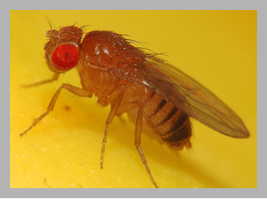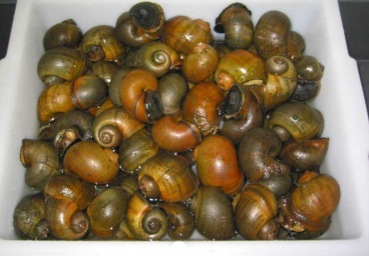
Gourmet apple snails found in the wild
Are Slugs edible? What about Snails?
There is only one rule you have to remember: When it comes to land snails, land slugs, and fresh water mollusks you must cook them thoroughly or they can kill you. Got that? Taste is a secondary consideration.
Okay, why cook them? People do eat slugs raw on a dare, and the Indians used live slugs to numb gums, tongues and toothache. These common little creatures aren’t too bad unto themselves, but some of the land crawlers especially in warmer areas have parasites, one of which they can get from rat feces. That parasite, normally infecting a rat’s lung, goes from your stomach to your brain, crawling there over time — yes, crawling there — and causes your brain to swell. That big head folks have accused you of having will come to pass and kill you. Thorough cooking will kill the parasites.
Some of the freshwater mollusks (clams, snails et cetera) are in water with bacterial waste, be it beavers’ or Butt Head’s. Cooking thoroughly kills all bacteria and parasites. It is recommended you collect said, especially slugs and land snails, while wearing gloves and or be careful, have no cuts on your hands, and wash your hands immediately and until then keep them away from your eyes, nose and mouth… the same precautions you would do if you handling raw chicken. The chances of you getting the disease are really low should you eat a slug raw. A few have been sickened that way, but the possibility is there: Avoid it.
Now what about taste? Some taste good, like escargot, some taste bad regardless of preparation, some have no taste. But there are no truly poisonous slugs or snails. Once cleaned and cooked, or cooked and cleaned, it is a matter or preparation and personal taste. Slugs are just snails with no shells, and snails are really just specialized clams that moved from water to land. By the way, all of this applies only to land slugs, land snails and freshwater mollusks, not slugs and snails and mollusks in salt water. (Salt water slugs tend to be toxic.)
Here in central Florida we’ve had a gourmet invasion of Apple Snails. Thirty years ago they were introduced to such places as Taiwan and Japan as delicacies. They were also favored among aquarium owners because of their looks and speed of growth. They never caught on big with Asian gourmets and some how got released into Florida lakes. One lake near here, Lake Brantley, went from no Apple Snails in 2003 to being overwhelmed in 2004. The battle has been on going since and the fear is from that lake the snails will invade the Weikva River, just a few wet miles away. And the Weikiva leads to virtually half the state. Personally, I haven’t seen any non-native Apple Snail eggs in the Weikiva basin but it’s like having an open gallon of gasoline next to a roaring fireplace. It only takes one bird to drop one uneaten snail in the river.
Let’s hear from an expert on the edibility of snails, Dr. Tim Pearce, Assistant Curator and Head, section of Mollusks, Carnegie Museum of Natural History, Pittsburgh, Pennsylvania:
“As far as I know, any land snail is edible. Although I don’t know any land snails that are poisonous, I do know one species that tastes very bad (Anguispira alternata, the tiger snail). Most species of land snails are very small (less than 1/8 inch or 3 mm), so eating them would be a challenge. But (despite being a vegetarian) I have eaten some of the native snails with shells 3/4 inch (20 mm) diameter. Maybe you want to know where to find the snails that are commonly eaten as escargots. Those species are from Europe. Some of them have been introduced into the United States, but most of them are considered pests. For example, Helix aspersa, one of the most commonly eaten land snail species, is a very abundant garden and agricultural pest in California. I think Cepaea nemoralis is also eaten; it is another introduced species and not generally considered a garden pest. There are populations of C. nemoralis in eastern New York, and a few populations in Pennsylvania in the Philadelphia area. Be sure to get permission from the land owner. Note also that transporting living land snails is now regulated by the federal government . Also, if you collect the native species, be careful not to over collect. The native species generally reproduce more slowly than the introduced species, so over collecting could wipe out a population.”
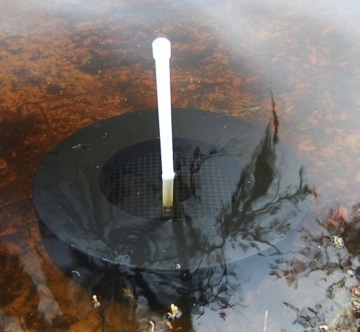
Snail traps don’t have to be baited
Locally, the easiest way to identify snails in a given body of water is to look at their eggs, their size and color, usually found on stems of water plants above the water line. You can also find their empty shells on shore where they’ve been dinner already. Native Florida Apple Snails lay white eggs on the large size, like peas. Island Apple Snails lay small pink eggs that turn white. The Skipped Topped Apple Snail lays salmon colored eggs and the Titian Apple Snail lays eggs that are pastel green or sea foam green.
How do you get the snails? You can noodle around for them or use a trap. There are commercial traps or you can make one out of an oil drain pan.
So snails are edible, you’ve got that. You’ve heard of escargot, but what about slugs? Dr. Pearce again.
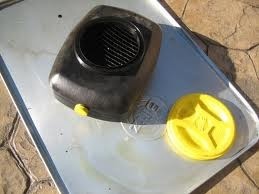
You can also make an Apple Snail trap
According to Dr. Pearce, counting all gastropods in the sea, freshwater, and land, a good estimate is that there are about 80,000 species. For just the land snails, they estimate about 35,000 species in the whole world. In North America north of Mexico, there are about 1,000 species of land snails. Pearce says he can almost guarantee that in eastern North America, all the slugs in your garden are non-native species from Europe. Incidentally, the gigantic land snails native to Africa and now found in Florida are edible.
“Species that are successful invaders tend to have fast reproductive rates, probably explaining why there are so many of them in your garden. For some reason, slugs seem to be better invaders than snails do,” he said.
So, we know slugs are edible, unless they been feeding on some poisonous plant. Ray Mears, best known of the professional bush crafters, does not recommend eating slugs because they often feed on mushrooms, and most of them are toxic, and Mears is an expert on edible mushrooms.
To avoid getting mushroom poison from a slug it is usual to either starve the slug before eating or feed them for several days before serving them up. The Romans used to fatten their snails with meal and wine until they got huge and tasty. In Italy they are sometimes kept in bran for several days before eating. In many places in Europe people have home-made snail-preserves, or escargotieres, little corners of gardens enclosed with boards and netted over the top. In these enclosures hundreds of snails are kept and fed vegetables and herbs to flavor them. The same could be done with slugs.
Before I move on to cooking snails, how do you collect them, other than snorkeling? Do what those who capture snails to get rid of them do: Trap them. There are two simple traps. Take a small crayfish trap and either lay it in the water/reeds half in the water, half out. Or in deeper water arrange the tap vertically half in, half out of the water. Surprisingly traps work with or without bait. The second trap looks like an old tire with a grate in the middle and a stake through it. Imagine the grate slightly smaller than the opening and set a couple of inches lower as well. The snail crawls over the tire, on to the grate then off the grate into the trap below. This should be done in water just reaching the top of the tire. An inexpensive alternative is a plastic oil drip pan with the grate cut smaller than the opening and a piece of PVC put through it and the pan to hold it at the right height.
Cooking snails: Put some water into a saucepan, and when it begins to boil throw in the snails and let them boil a quarter of an hour; then take them out of their shells, wash them several times, clean them thoroughly, place them in clean water, and boil them again for a quarter of an hour. Then take them out, rinse them, dry them, and place them with a little butter in a frying-pan, and fry them gently for a few minutes sufficient to brown them.
To cook snails the French way crack the shells and throw them into boiling water, with a little salt and herbs, sufficient to make the whole lot savory. In 15 minutes take them out, pick the snails from the shells, and boil them again; then put them into a saucepan, with butter, parsley, pepper, thyme, a bay-leaf and a little flour. When sufficiently done, add the yolk of an egg well beaten, and the juice of a lemon or some vinegar. Snails have about 90 calories per 100 grams of meat. They are high in protein (12 to 16 percent) and rich in minerals.
Cooking slugs: Slugs, far more than snails, eat toxic mushrooms. If it is the season of toxic mushrooms the slugs should be kept for many days and fed meal or brand or lettuce to purge them. Put pre-fed slugs into a 50/50 mixture of water and vinegar. This will kill the slugs and force them to release mucus. Simmer five minutes it boiling water. Change the water and boil again for ten minutes. Change the water a third time and boil again for fifteen minutes (so you have three changes of water and a total of 30 minutes boiling time.) If the slug has a foul tasting digestive organ remove and rinse. The cooked slug is now ready to eat or use in other dishes.
Another way to cook snails is to put them upside down next to your fire and leave them there until they bubble vigorously.
Slug Fritters
Ingredients
10 cooked and cleaned large slugs
1/2 cup of cornmeal
1/2 cup of flour
3 eggs
1/4 cup of heavy cream
4 tbs. Of butter
4tsp.of sour cream
Instructions
First chop the slugs into fine mince, then beat the eggs with the heavy cream together. Sift the dry ingredients and then cut two tablespoons of butter into that mixture. Add the egg and cream mixture to the dry ingredients and whip with a whisk vigorously for one to two minutes. Melt one tablespoon of butter in a sauté pan and pure the batter into 2 1/2 inch cakes in two batches. Serve warm with a dollop of sour cream. Yields four servings.
Slugs that are still in palatable after boiling can be fried until crisp and tried, or ground into a flour and added to other meals for nutrition.
According to the Journal of Experimental Biology, August 2006, slugs are 5.1% carbohydrates, 0.5% fat, 7.1% protein and 85% moisture. When cooked they are probably lower in carbs because that is contained in the mucus which is lost in cooking. Slugs were on the diet of many Native Americans in the northwest US, where they have some 27 different kinds. German immigrants to that area gutted them and fried them in batter.
Incidentally, freshwater clams can make “pearls” and they command a high price. When I was a kid I use to use freshwater clams for bait and collected a few black pearls at the same time. I had a girlfriend at the time who was quite fond of them… probably still is, and she didn’t have to get wet to get them.
Also, check with your local authorities and do not collect endangered species or exceed harvesting limits. Many exotic species have no limit.
Australian doctors issued a warning in October 2003 about eating slugs after a Sydney college student contracted a potentially fatal brain disease when he swallowed some slugs on a dare. Tests found the man’s meningitis was caused by a worm normally seen in rat lungs but carried as larvae in slugs and snails. The worm caused the brain lining to swell, forcing doctors to drain fluid from inside the man’s skull. He was hospitalized for 17 days with brain lesions. It was five months before he could resume his studies. A friend of the student also ate some raw slugs as part of the dare but threw them up, losing the bet.
The doctors said there had been numerous cases of meningitis since 1971 caused by people eating garden snails or slugs. One child died after eating snails and one patient contracted meningitis after eating lettuce covered with snail slime, according to a report in the Medical Journal of Australia.
To watch a video on eating slugs, go here.


